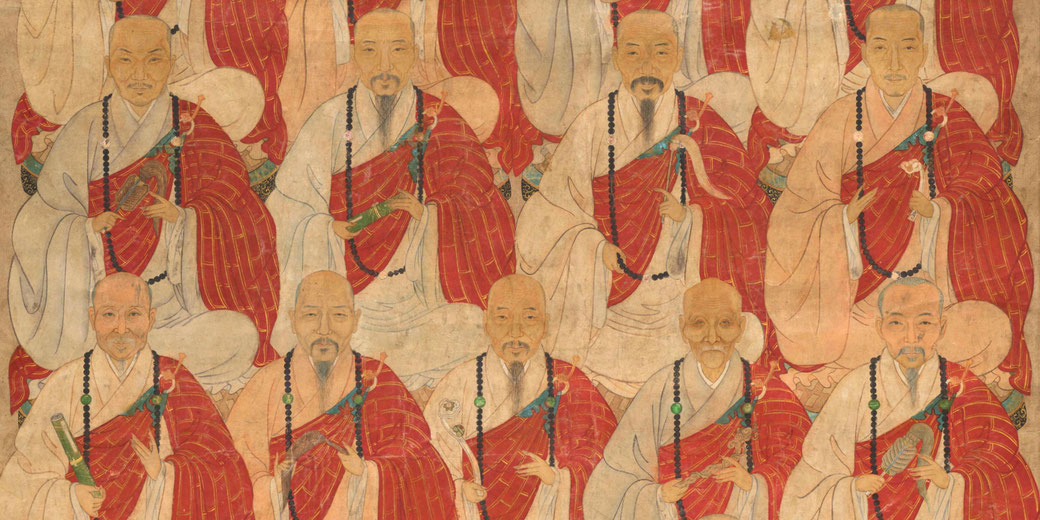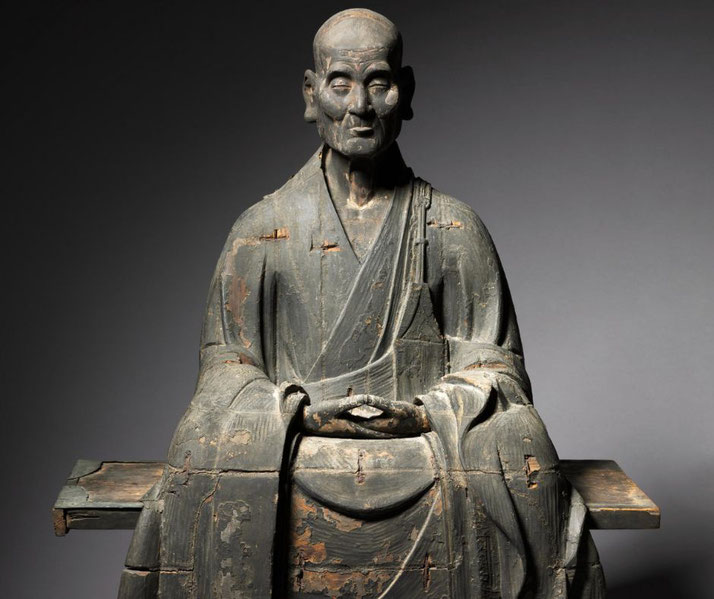The massacre of 2000 Buddhist monks who refused to submit to a ruthless Japanese warlord

The Siege of Mount Hiei, a pivotal event in the tumultuous Sengoku period of Japan, marked a significant turning point in the country's history.
The siege, led by the ambitious warlord Oda Nobunaga in 1571, resulted in the destruction of the Enryaku-ji temple complex and the decimation of the warrior monks who resided there.
This event not only altered the religious landscape of Japan but also marked a significant step towards the unification of the country under Nobunaga's rule.
Mount Hiei, home to the influential Tendai sect of Buddhism, had long been a bastion of religious and, at times, military power.
The warrior monks of Enryaku-ji, known as the 'sōhei', had a history of involving themselves in the political disputes of the country, often leveraging their strategic location and martial prowess to influence outcomes.
However, their power and autonomy came under threat as Nobunaga sought to consolidate his rule and eliminate potential challenges to his authority.
Feudal Japan torn apart by constant war
The Sengoku period (1467-1615), often referred to as the Age of Warring States, was a time of social upheaval, political intrigue, and near-constant military conflict.
During this period, Japan was not a unified country but a patchwork of feudal domains ruled by daimyos, powerful warlords who were often at war with each other.
In this chaotic environment, the warrior monks of Mount Hiei, known as 'sōhei', held considerable power.
Who were the warrior monks of Enryaku-ji?
Enryaku-ji is a Tendai monastery located on Mount Hiei in Ōtsu, overlooking the city of Kyoto.
It was founded during the early Heian period in 788 by the monk Saicho, also known as Dengyo Daishi, who introduced the Tendai sect of Buddhism to Japan after studying in China.
Enryaku-ji quickly grew in size and influence, becoming a city unto itself with numerous sub-temples, monk residences, and educational institutions.
It played a crucial role in the development of Japanese Buddhism, giving rise to several other influential sects such as Pure Land, Zen, and Nichiren.
The warrior monks, or sōhei, of Enryaku-ji were a unique feature of medieval Japanese Buddhism.
They were monks who had taken up arms to protect their monastic complex and its interests.
The sōhei were not a unified group but rather a loosely organized collection of monks from various temples and sects.
They were most prominent during the Heian and Kamakura periods (794-1333).
The sōhei were known for their martial skills and their willingness to engage in secular disputes.
They often served as mercenaries for aristocrats and other powerful figures, and they were not above using force to protect their interests or to influence political outcomes.
Their power and autonomy were significant factors in the political and religious landscape of medieval Japan.

The rise of Oda Nobunaga
Oda Nobunaga was born in 1534 into the Oda clan, a family of minor warlords in Owari Province.
Despite his relatively humble beginnings, Nobunaga demonstrated a keen strategic mind and a ruthless ambition that set him apart.
Following the death of his father, Oda Nobuhide, in 1551, Nobunaga assumed leadership of the clan amidst internal disputes and external threats.
His early reign was marked by a series of military campaigns aimed at consolidating his power within Owari.
Nobunaga's ambition extended far beyond the borders of his home province. He envisioned a unified Japan under his rule, a dream that required subduing rival daimyos and neutralizing potential threats.
His policies reflected this ambition. He promoted economic growth, encouraged trade, and implemented land reforms.
He also showed a willingness to embrace foreign technologies, particularly firearms, which played a significant role in his military successes.
One of Nobunaga's most notable policies was his approach to religion. Unlike many of his contemporaries, Nobunaga was relatively tolerant of Christianity, seeing it as a potential counterbalance to the powerful Buddhist institutions that dominated Japan.
This stance, however, did not extend to the warrior monks of Mount Hiei, whose military power and political meddling posed a direct challenge to his authority.
Nobunaga's conflict with the warrior monks
Oda Nobunaga's rise to power and his ambition to unify Japan under his rule brought him into conflict with the sōhei.
Nobunaga saw the autonomous and militarily powerful monks as a direct threat to his authority.
The warrior monks, for their part, viewed Nobunaga's growing power and his tolerance of Christianity with suspicion and hostility.
The conflict between Nobunaga and the sōhei escalated over time. There were instances of the sōhei siding with Nobunaga's enemies or directly opposing his forces.
Nobunaga, in turn, responded with force, leading to a series of skirmishes and battles.
The tension between the two parties continued to grow, culminating in Nobunaga's decision to launch a full-scale attack on Mount Hiei, the heart of the sōhei's power.
The Siege of Mount Hiei
By 1571, Oda Nobunaga had consolidated his power in central Japan and was ready to neutralize the threat posed by the warrior monks of Mount Hiei.
His decision to attack was not taken lightly. Mount Hiei was a sacred site, and the Enryaku-ji temple complex was a significant religious institution.
However, Nobunaga was determined to remove any obstacles to his ambition of unifying Japan, and the sōhei's military power and political meddling had made them a target.
Nobunaga's forces launched the attack on Mount Hiei in September 1571. The exact details of the battle are somewhat unclear due to the lack of contemporary records, but it is known that Nobunaga's forces ascended the mountain from multiple directions, overwhelming the sōhei with their numbers and the element of surprise.
Nobunaga's use of firearms, a relatively new technology in Japan at the time, also gave his forces a significant advantage.
The siege resulted in the complete destruction of the Enryaku-ji temple complex. Nobunaga's forces set fire to the buildings, and it is said that the flames could be seen from Kyoto.
The sōhei fought fiercely but were ultimately unable to withstand the onslaught.
The number of casualties is uncertain, but it is believed that thousands of monks, along with civilians living on the mountain, lost their lives.
The once-powerful sōhei of Mount Hiei were effectively wiped out, and the Enryaku-ji temple complex was left in ruins.
The impact of the defeat
The destruction of Enryaku-ji and the decimation of the warrior monks had a profound impact on the religious landscape of Japan.
The power and influence of the sōhei, which had been a significant force in Japanese politics for centuries, were effectively eliminated.
The Siege of Mount Hiei marked a significant step in Nobunaga's campaign to unify Japan.
With the threat of the warrior monks neutralized, Nobunaga was able to consolidate his power in central Japan and turn his attention to other rivals.
The siege demonstrated Nobunaga's military prowess and his willingness to take drastic measures to achieve his goals, earning him both fear and respect from other daimyos.
The siege also had a significant psychological impact. The destruction of such a significant religious institution sent a clear message to other potential adversaries about the lengths Nobunaga was willing to go to in order to achieve his ambitions.
This undoubtedly played a role in his subsequent campaigns and his eventual success in bringing much of Japan under his control.
What do you need help with?
Download ready-to-use digital learning resources
Copyright © History Skills 2014-2025.
Contact via email
With the exception of links to external sites, some historical sources and extracts from specific publications, all content on this website is copyrighted by History Skills. This content may not be copied, republished or redistributed without written permission from the website creator. Please use the Contact page to obtain relevant permission.





